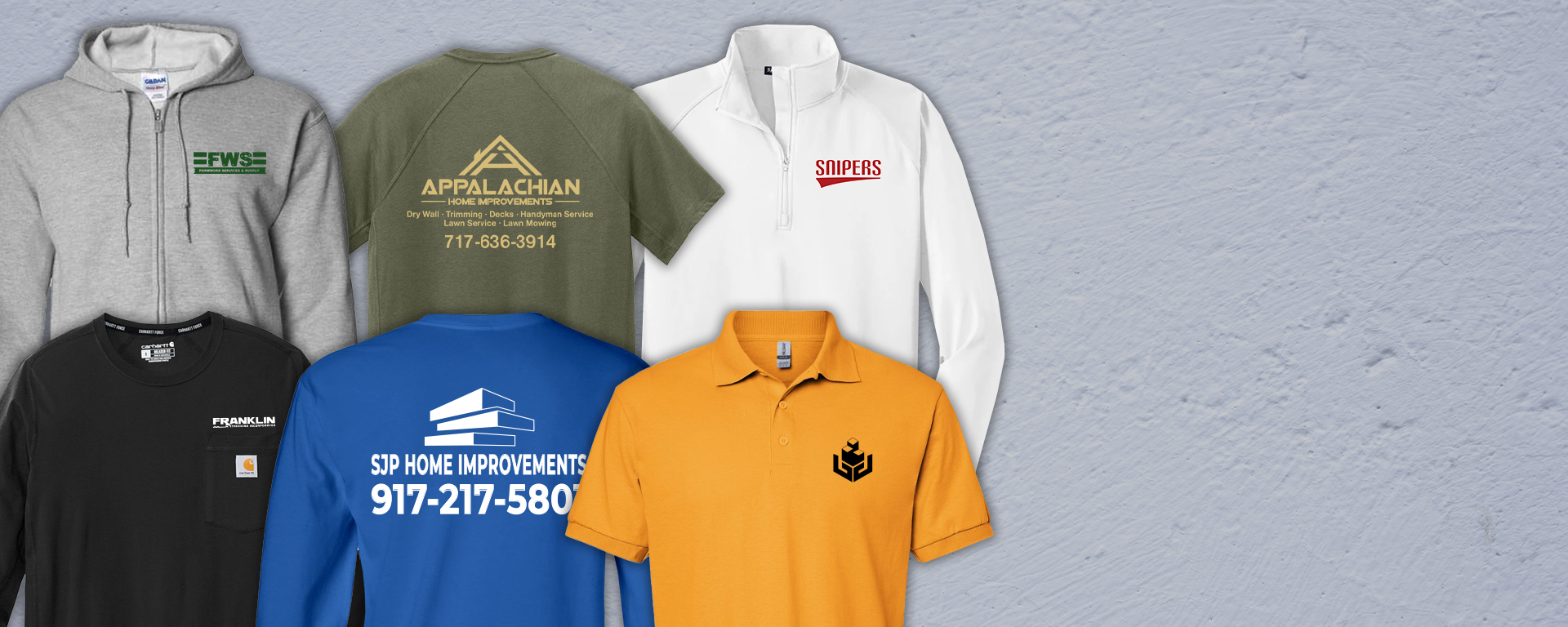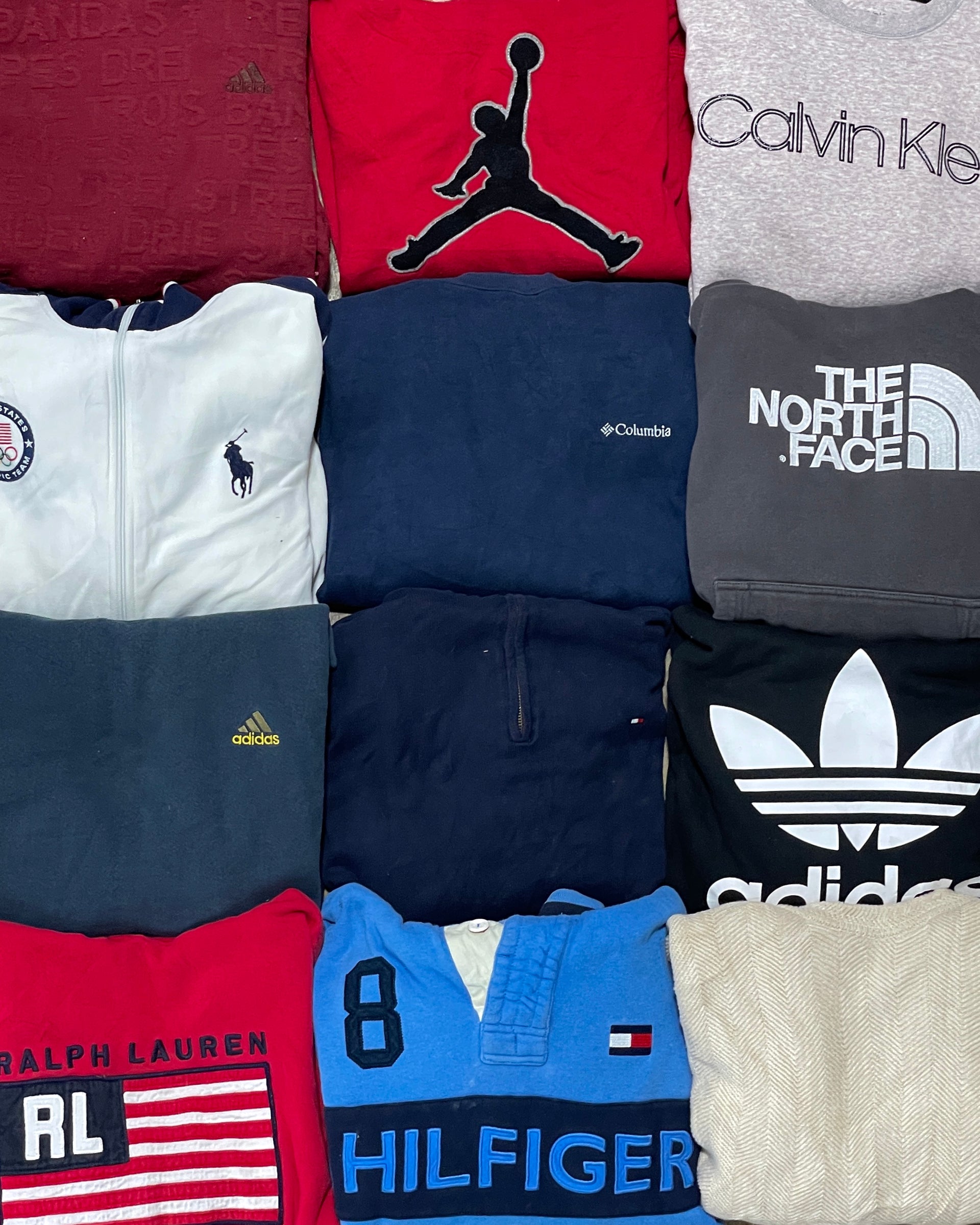Branded Clothing and the Rise of Recycled Fabric Use in Fashion
Branded Clothing and the Rise of Recycled Fabric Use in Fashion
Blog Article
Recognizing Clothes: The Significance of Fabric Selections in Your Wardrobe
The option of textile in garments plays a crucial duty in both aesthetic appeals and capability. Different materials offer differing degrees of durability, convenience, and breathability, straight affecting the user's experience. Recognizing these subtleties can boost one's wardrobe noticeably. Yet, many ignore how these choices can influence not simply personal style, but also sustainability. What fabric decisions could redefine your closet and straighten it with both style and obligation?
The Role of Textile in Style and Functionality

Usual Fabric Types and Their Attributes
When choosing apparel, comprehending the features of typical textile types is crucial for making informed choices. Cotton, a widely-used natural fiber, is understood for its soft qualities, flexibility, and breathability, making it suitable for sportswear and daily garments. Linen, another all-natural alternative, flaunts excellent moisture-wicking residential properties and an unique texture, perfect for warm climates.Wool, usually preferred for its heat and durability, varies in excellence; merino wool is soft versus the skin, while coarser types are made use of for outerwear. Artificial materials like polyester and nylon provide toughness and resistance to wrinkles, making them popular for activewear and travel garments. Blends, which incorporate synthetic and natural fibers, can boost performance while maintaining comfort. By identifying these fabric qualities, people can choose apparel that straightens with their way of life and visual preferences.
Breathability and Comfort: Choosing the Right Fabrics for Different Environments
Choosing the best fabrics for various environments can significantly enhance convenience and overall wearability. Breathable materials are important in hot climates, as they allow air blood circulation and moisture dissipation. Fabrics such as cotton, linen, and moisture-wicking synthetics properly draw sweat away from the body, maintaining the wearer cool and dry. Alternatively, in chillier environments, thicker textiles like wool or fleece supply insulation while maintaining breathability, guaranteeing warmth without overheating.Additionally, the choice of material weight plays a crucial function; light-weight materials are preferable for summer, whereas heavier alternatives are suited for winter months wear. Understanding the special buildings of each textile enables individuals to clothe appropriately for differing weather. Ultimately, selecting breathable and comfy fabrics customized to particular climates can greatly enhance daily convenience and boost the total experience of putting on clothes.
Resilience and Treatment: Exactly How Material Impacts Long Life of Your Wardrobe
Picking the ideal materials can greatly influence the resilience and treatment requirements of a wardrobe. Fabrics such as cotton and polyester are recognized for their durability and simplicity of maintenance, making them optimal for day-to-day wear. In comparison, fragile products like silk and shoelace require even more mindful handling and specialized cleansing techniques, which can raise the time and effort needed for care. Branded Clothing.Durability is also affected by the textile's weave and surface; snugly woven materials have a tendency to resist wear and tear far better than freely woven options. In addition, artificial blends often offer enhanced longevity, integrating the most effective qualities of numerous fibers.Understanding the treatment guidelines for each and every fabric is important, as inappropriate cleaning or drying out can lead to premature wear. Ultimately, selecting sturdy products can result in a longer-lasting closet, decreasing the frequency of substitutes and adding to a more sustainable style option
The Impact of Material on Fit and Shape

Sustainable Fabric Choices: Making Eco-Friendly Choices
The impact of textile expands past fit and silhouette to encompass ecological variables, motivating a growing rate of interest in lasting material choices. Green materials, such as organic cotton, hemp, and Tencel, are getting traction among customers who prioritize sustainability in their closets. These products are typically generated with fewer chemicals and water, reducing their environmental footprint.Additionally, recycled fabrics, made from post-consumer waste, offer a cutting-edge remedy to the fabric market's pollution issue. Brands increasingly welcome transparency in their sourcing techniques, permitting consumers to make educated choices concerning their purchases.Choosing lasting textiles not only sustains moral practices yet likewise urges the fashion sector to take on more liable production approaches. As understanding of ecological issues climbs, individuals are advised to reflect on the long-lasting influence of their fabric options, fostering a movement in the direction of a much more environmentally aware and lasting strategy to style.
Elevating Style: How Textile Can Change an Attire
While lots of might focus on shade and cut when choosing an attire, the option of textile plays an important function in elevating style and improving general great post to read look. Various products share unique state of minds and messages; for instance, silk emanates high-end and elegance, while denim provides a laid-back, kicked back vibe. The texture and drape of a material can significantly alter the silhouette, with organized fabrics providing a polished look and softer ones developing an extra fluid, unwinded aesthetic.Moreover, the weight of the fabric influences wearability throughout periods. Light-weight textiles like bed linen and cotton are ideal for summer, while larger materials such as woollen and velour provide warmth and style in cooler months. Recognizing textile residential properties, such as breathability and stretch, also empowers people to make enlightened choices that improve comfort without endangering design. Ultimately, the ideal material can change an attire from common to amazing, making it a crucial factor to consider in click site any kind of wardrobe.
Frequently Asked Concerns
How Do I Determine the Textile Material of My Clothing?
To determine material web content, one can examine care labels, conduct shed tests for fiber recognition, or speak with textile swatches. These methods aid separate materials, guaranteeing educated options for apparel care and upkeep in everyday wear.
Can Fabric Selection Affect My Mood or Self-confidence?
Fabric selection can considerably influence a person's mood and self-confidence. Branded Clothing. Specific products may stimulate sensations of convenience or style, while others can feel limiting or unflattering, ultimately influencing self-perception and emotional well-being throughout the day
What Fabrics Are Ideal for Delicate Skin?
For individuals with delicate skin, all-natural fabrics like linen, cotton, and bamboo are often recommended. These products are breathable, hypoallergenic, and much less most likely to trigger irritability, making them suitable options for comfort and skin health.
Exactly how Do I Properly Wash and Look After Various Fabrics?
To appropriately care and clean for various textiles, one should think about each product's specific requirements, consisting of temperature level settings, cleaning agents, and drying out techniques, making sure long life and preserving the material's initial qualities for suitable usage.
Are There Particular Fabrics for Athletic or Efficiency Use?
Athletic or performance wear usually utilizes textiles such as nylon, polyester, and spandex. These products are designed for moisture-wicking, breathability, and flexibility, improving motion and convenience during exercises while supplying durability and assistance. Conversely, in colder climates, thicker textiles like woollen or fleece provide insulation while retaining breathability, making sure heat without overheating.Additionally, the option of fabric weight plays an essential role; lightweight fabrics are preferable for summer season, whereas much heavier options are matched for winter season wear. In comparison, fragile materials like silk and lace call for more careful handling and specialized cleansing techniques, which can raise the time and effort required for care.Durability is also affected by the fabric's weave and finish; firmly woven fabrics have a tendency to withstand wear and tear far better than freely woven options. In comparison, stiff fabrics can limit motion yet offer a classic, sleek look.Moreover, the thickness and appearance of the material can affect the visual perception of body form. The influence of textile prolongs past fit and shape to incorporate environmental elements, triggering an expanding passion in sustainable textile options. The structure and drape of a fabric can dramatically change the silhouette, with organized fabrics supplying a sleek appearance and softer ones producing a more fluid, relaxed aesthetic.Moreover, the weight of the fabric influences wearability across periods.
Report this page